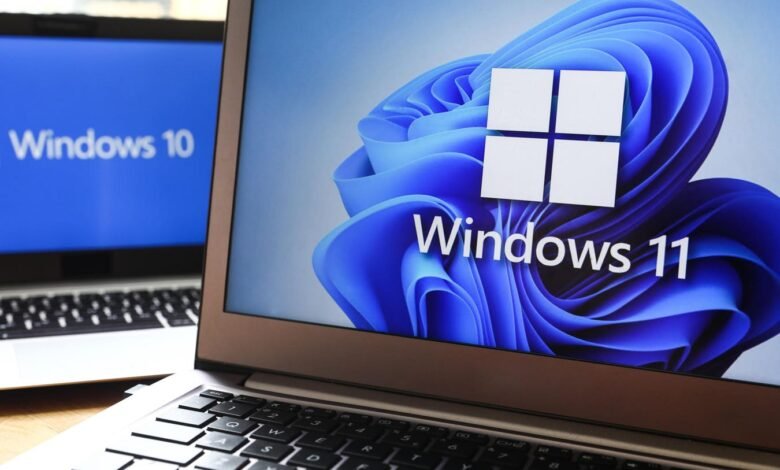400 Million Windows PCs Face Critical Security Threat

▼ Summary
– Microsoft is ending security updates for Windows 10 in 10 days, leaving 400 million users at risk if they don’t act.
– About 41% of PCs still run Windows 10, and many cannot upgrade to Windows 11 due to strict hardware requirements.
– Advocacy groups warn that the scale of this issue is staggering, with more users affected than during previous Windows end-of-support events.
– After October 14, unpatched Windows 10 systems will be vulnerable to exploits and attacks from malicious actors.
– Users must enroll in Microsoft’s free extended support or upgrade to Windows 11 to protect their PCs and data before the deadline.
A critical security deadline is fast approaching for hundreds of millions of Windows 10 users, creating an unprecedented risk landscape for personal and business computers worldwide. Microsoft is ending security updates for Windows 10 in just days, leaving an estimated 400 million PCs vulnerable to emerging cyber threats unless users take immediate protective measures.
Current data reveals Windows 10 still operates on 41% of all personal computers globally, representing approximately 600 million devices. The situation becomes particularly alarming when considering hardware limitations, nearly 400 million of these machines cannot upgrade to Windows 11 due to Microsoft’s strict system requirements. Older computers simply lack the necessary components to support the newer operating system, creating a massive security gap.
Consumer advocacy organization PIRG characterizes the scale of this situation as “staggering,” noting the sharp contrast with previous Windows phase-outs. When Windows 8 reached its end-of-life in 2016, only 3.7% of Windows users remained on that platform. The current scenario presents a much broader impact, partly because Windows 10 achieved remarkable popularity and Microsoft implemented more restrictive hardware specifications for its successor.
The cybersecurity implications are severe and immediate. Security experts warn that once updates cease, previously managed vulnerabilities become permanent entry points for malicious actors. Ransomware groups and other cybercriminals are anticipated to target these unprotected systems aggressively, knowing security patches will no longer be available to close exploited weaknesses after the October 14 cutoff.
This security crisis also highlights significant environmental concerns. PIRG originally focused on the electronic waste implications, noting that hundreds of millions of functional computers could become obsolete. Some resourceful technology providers are promoting Linux and Chromebook operating systems as alternatives for hardware that remains physically sound but can no longer run supported Windows versions.
Interestingly, market data shows a surprising resurgence in Windows 7 usage despite that operating system having reached its end-of-life in 2020. Approximately 140 million computers continue running this unsupported platform, compounding the overall security vulnerability across the Windows ecosystem.
Windows 10 users face two primary options as the deadline looms. The Extended Security Update program offers continued protection, requiring either payment or enrollment through specific Microsoft account configurations. Alternatively, users can transition to Windows 11, though this option remains unavailable for many older devices and has received mixed reception since its introduction.
The unavoidable reality remains that continued use of Windows 10 beyond the support cutoff exposes computers to significant security risks. With cyber threats growing increasingly sophisticated, maintaining an unprotected system creates unnecessary vulnerability for both personal data and professional information. The time for decision-making is rapidly diminishing as the October 14 deadline approaches.
(Source: Forbes)





